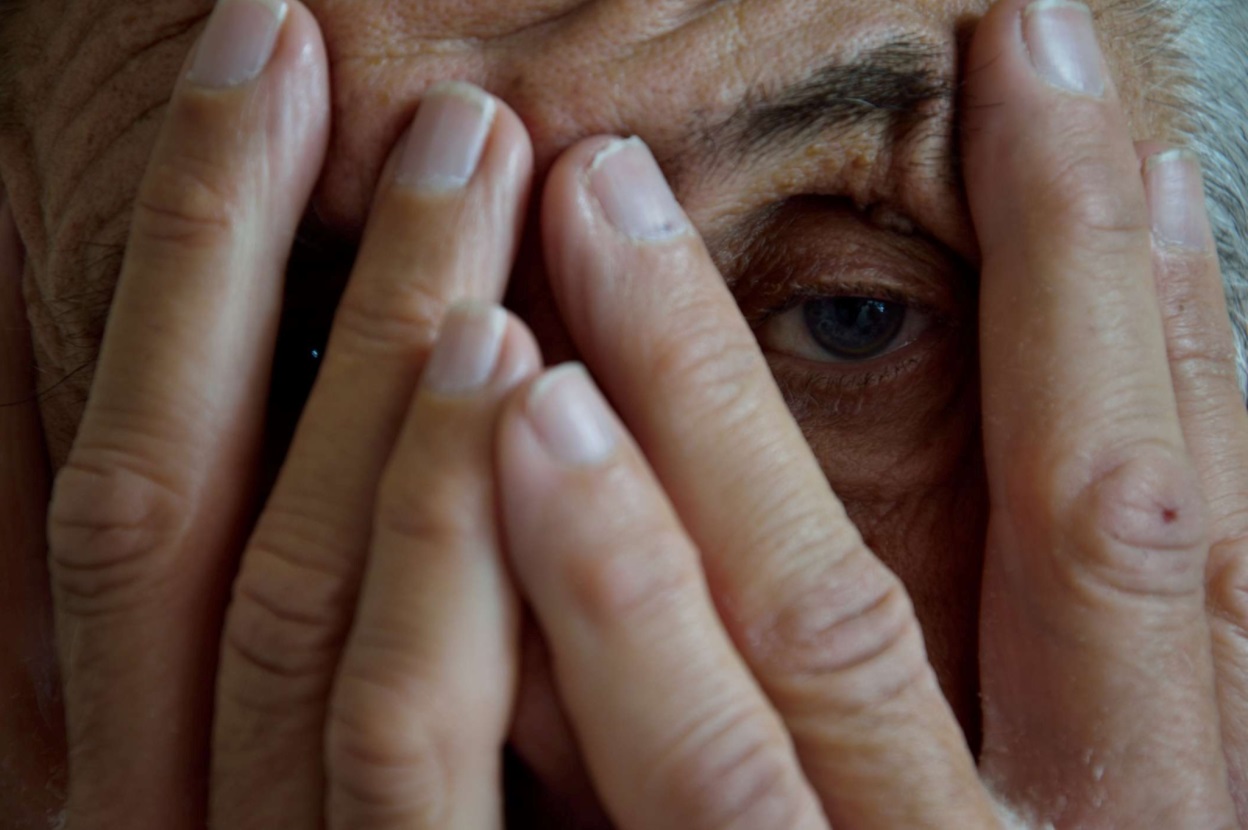
Anton–Babinski Syndrome is a rare neurological condition where individuals who are blind deny their blindness. This fascinating disorder often results from damage to the occipital lobe, the brain region responsible for vision. Despite their lack of sight, patients create vivid, false perceptions, insisting they can see. This phenomenon is known as anosognosia, a term describing a lack of awareness about one's own disability. Understanding Anton–Babinski Syndrome not only sheds light on the complexities of brain function but also highlights the intricate relationship between perception and reality. Let's delve into 20 intriguing facts about this unique condition, exploring its causes, symptoms, and the mysteries it presents.
What is Anton–Babinski Syndrome?
Anton–Babinski Syndrome is a rare neurological condition where individuals who are blind deny their blindness. This phenomenon is both fascinating and perplexing, involving complex interactions between the brain and perception.
Causes of Anton–Babinski Syndrome
Understanding the causes of this syndrome can shed light on its mysterious nature.
- Brain Damage: Damage to the occipital lobe, responsible for vision, often leads to this syndrome.
- Stroke: Strokes affecting the visual cortex can trigger Anton–Babinski Syndrome.
- Traumatic Brain Injury: Severe head injuries may result in this condition.
- Brain Tumors: Tumors pressing on the visual processing areas can cause symptoms.
- Infections: Certain brain infections might lead to this rare syndrome.
Symptoms of Anton–Babinski Syndrome
Recognizing the symptoms is crucial for diagnosis and understanding.
- Denial of Blindness: Patients insist they can see despite clear evidence of blindness.
- Confabulation: They create detailed, false visual descriptions to support their claims.
- Unawareness: A lack of awareness about their condition is a hallmark symptom.
- Normal Eye Movements: Despite blindness, eye movements often appear normal.
- Hallucinations: Some patients experience visual hallucinations.
Diagnosis of Anton–Babinski Syndrome
Diagnosing this syndrome involves a combination of clinical assessments and imaging studies.
- Neurological Examination: A thorough exam helps identify signs of brain damage.
- Brain Imaging: MRI or CT scans reveal damage to the occipital lobe.
- Psychological Evaluation: Assessing the patient's mental state is essential.
- Visual Tests: Tests confirm the absence of visual perception.
Treatment Options for Anton–Babinski Syndrome
While there's no cure, treatments focus on managing symptoms and underlying causes.
- Rehabilitation Therapy: Helps patients adapt to blindness.
- Psychotherapy: Addresses denial and confabulation.
- Medication: Treats underlying conditions like infections or tumors.
- Support Groups: Provide emotional support and coping strategies.
- Occupational Therapy: Assists in daily living skills for the blind.
Interesting Facts about Anton–Babinski Syndrome
Here are some intriguing tidbits about this rare condition.
- Named After: Named after neurologists Gabriel Anton and Joseph Babinski, who first described it.
Final Thoughts on Anton–Babinski Syndrome
Anton–Babinski Syndrome, a rare and intriguing condition, highlights the complexities of the human brain. People with this syndrome are blind but deny their blindness, often creating vivid, imaginary scenes to fill the gaps. This disconnect between perception and reality offers a unique window into how our brains process information and maintain our sense of self.
Understanding this syndrome not only helps in diagnosing and treating those affected but also sheds light on broader neurological functions. It emphasizes the importance of comprehensive neurological assessments and the need for awareness among medical professionals.
By learning about Anton–Babinski Syndrome, we gain insight into the delicate balance our brains maintain to create our perception of the world. This knowledge can lead to better support for those with neurological disorders and a deeper appreciation for the complexities of the human mind.
Was this page helpful?
Our commitment to delivering trustworthy and engaging content is at the heart of what we do. Each fact on our site is contributed by real users like you, bringing a wealth of diverse insights and information. To ensure the highest standards of accuracy and reliability, our dedicated editors meticulously review each submission. This process guarantees that the facts we share are not only fascinating but also credible. Trust in our commitment to quality and authenticity as you explore and learn with us.


